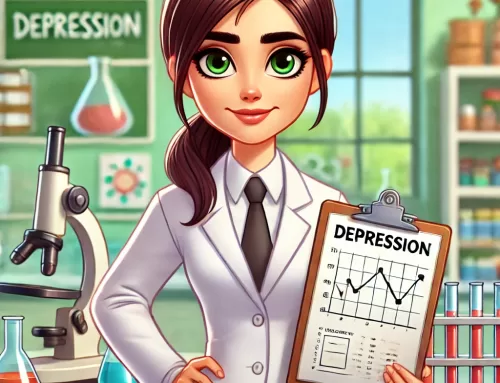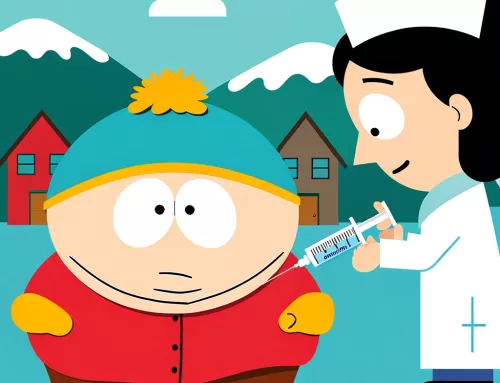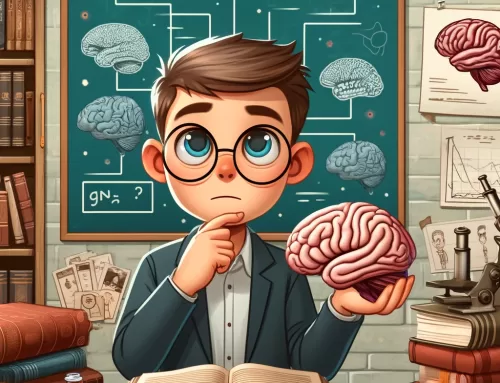 Most of us have New Year’s Resolutions for 2024. bStable can help track and achieve those new year’s resolutions via atomic habits with your healthcare providers.
Most of us have New Year’s Resolutions for 2024. bStable can help track and achieve those new year’s resolutions via atomic habits with your healthcare providers.
It’s not a secret that the key to changing your life for the better is simple: just create good habits and eliminate the bad ones. Knowing the fundamental four-step habit pattern helps because it makes it very clear what you should do at each step if you want to break a bad habit or, even better, generate a good one.
The four laws that govern the creation of good habits are the following:
- Cue: Make it obvious.
- Craving: Make it attractive.
- Response: Make it easy.
- Reward: Make it satisfying.
You can use the same framework if you want to do things like start exercising and eating well or stop procrastinating. The process of breaking a bad habit is merely a reversal of the laws above:
- Inverted Cue: Make it invisible.
- Inverted Craving: Make it unattractive.
- Inverted Response: Make it difficult.
- Inverted Reward: Make it unsatisfying.
Now, let’s learn something more about each of the four positive laws of behavior change.
The first law: Cue, making it obvious
Anne Thorndike is a Boston-based doctor who wanted to improve her patients’ dietary habits, starting with eliminating sodas from their menu and introducing more water. And – believe it or not – she succeeded!
How did she manage that? Well, instead of telling her patients what you’d expect to hear from a doctor – “Drinking soda is not healthy” – she merely rearranged the hospital cafeteria so the refrigerators next to the cash registers would contain mainly water (as opposed to mostly soda). In three months, water sales shot up by 25% while soda sales dropped by 11%.
To translate Thorndike’s experiment in more practical terms: if you want to learn to play an instrument, leave the instrument in the middle of your room; if you want to eat healthier food, leave salads on the counters, and keep snacks all the way back in the drawers. Because, sometimes, all you need is just a little nudge in the right direction.
The second law: Craving, making it attractive
In 1954, in an attempt to uncover the underlying nature of desire, James Olds and Peter Milner did a Frankenstein-like experiment with rats. Using electrodes, they blocked their brains from releasing dopamine, the main chemical of pleasure. After a while, the rats just gave up on life: they stopped reproducing, drinking, and eating, and then they all died.
We want to do certain things because they offer a reward – because they are enjoyable. If no experience is – then what’s the point in living? But without dopamine, the rats felt the same as severely depressed people do: they didn’t feel satisfied, because they didn’t even have cravings to satisfy.
Now, the interesting part about dopamine is that it is released even when you think about a pleasurable activity. You don’t have to do it. So, sometimes, just dreaming about sex can result in the same physical pleasure as actually having it. The point? Cravings and the pleasures you derive from them are chemical by nature. They are not something mystical: it’s not your heart, but dopamine that drives you to do things, that makes you look forward to them.
Use this to create the habits you want: trick your brain into releasing dopamine at the right time by linking a positive routine with a pleasurable activity. Take an example from Ronan Byrne, an Irish engineering student. To make himself exercise, Byrne hacked an exercise bike so that it allows him to watch Netflix only if cycling at a certain speed. Don’t want to do the dishes? Play your favorite music while doing them. Do so for a few months, and then, one day, you’ll actually want to do them.
The third law: Response, making it easy
You often scroll through your phone because it is a lot easier than preparing for an exam or learning a new language. Your brain is not interested in tiring itself needlessly and would do anything to get its rewards through minimum effort.
So, allow your brain that pleasure. In other words, make the actions that lead to the desired reward as easy as possible; do the opposite if you want to eliminate a bad one – increase the friction between the cue and the reward.
Do you watch TV a lot? Then, unplug the television and take the batteries out of the remote. Want to read some more? Force yourself to read just two pages a day; you’ll likely continue reading even after, because getting started is the most difficult step toward doing something.
The fourth law: Reward, making it satisfying
This is the most difficult part of creating a good habit or breaking a bad one – because when rewards are in question, evolution works against you.
The crux of the matter? We evolved in an immediate-return environment, and now we live in a delayed-return one. Our ancestors couldn’t care less about long-term plans, because they had much more immediate concerns, like finding a shelter for the night or hunting for the next meal. Oh, and also because nobody could guarantee them that they’d live to see another day, let alone another decade!
Nowadays, however, the chances are on our side. Unfortunately, our bodies are still used to this ancient immediate-return framework of living. Tweak it by attaching some immediate gratification to all of your delayed-return habits, like a bar of chocolate after 20 pages. Otherwise, it will be a bit difficult for you to persevere through a routine.




